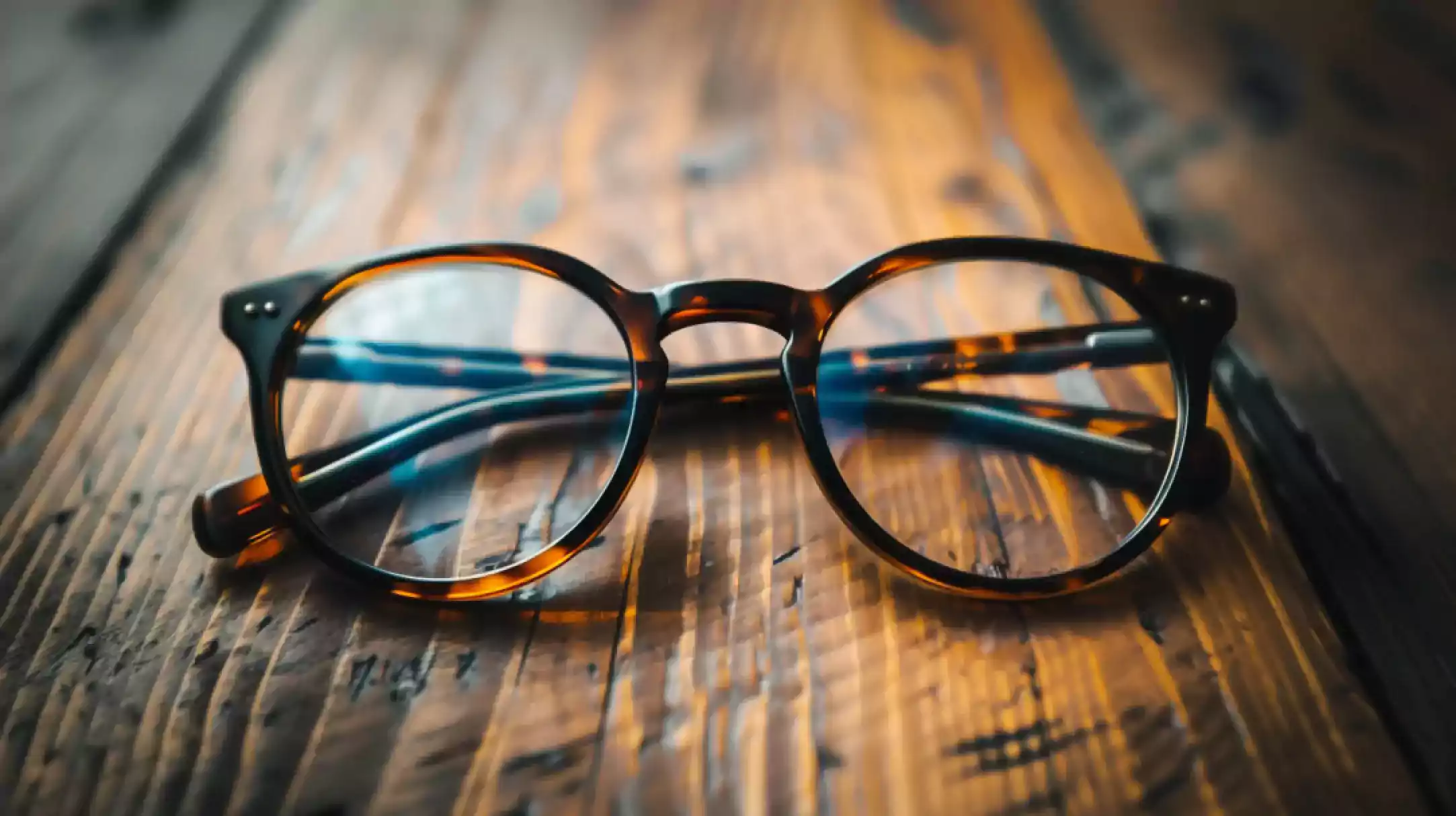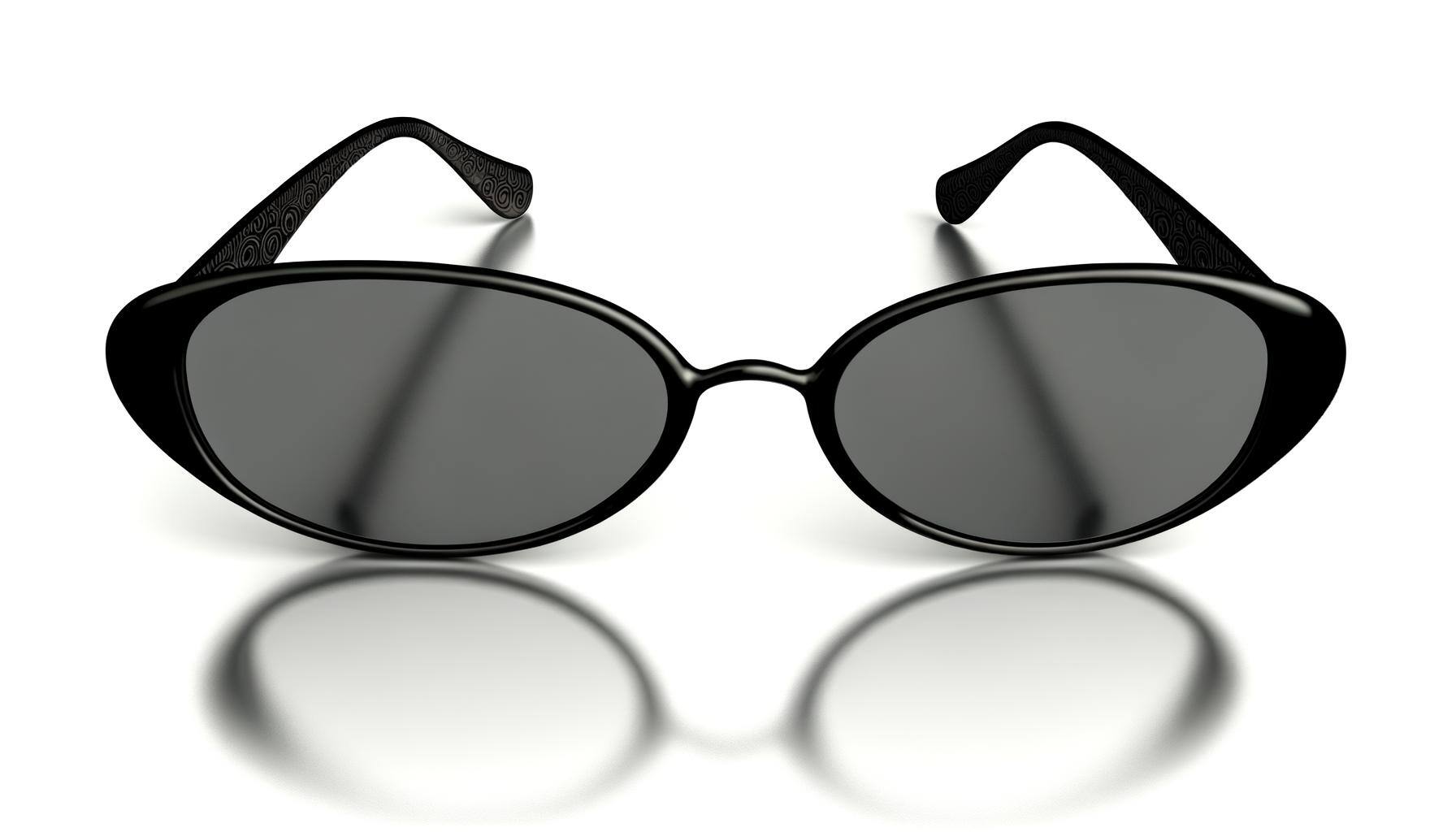Acetate frames have become a popular choice in eyewear, renowned for their exceptional durability, vibrant colours, and comfortable fit. Understanding what makes acetate frames unique, how they compare to plastic, their cost, and their durability can help you decide when choosing your next pair.
What is an Acetate Frame?
Acetate frames, popular for their vibrant colours and comfortable fit, are made from cellulose acetate, a renewable material derived from wood pulp and cotton. Unlike petroleum-based products that are more environmentally harmful, cellulose acetate is more eco-friendly.
During the manufacturing process, natural cellulose reacts with acetic anhydride to produce cellulose acetate, which initially forms into flakes. These flakes are then ground into a fine powder. In its primary form, cellulose acetate cannot be processed as a thermoplastic and must be dissolved in a solvent and spun or cast. However, when compounded, it can be processed using standard plastic techniques.
To achieve this, cellulose acetate is blended with a precise combination of plasticisers and additives, melted, and compounded into granules. These granules can be moulded and shaped into durable, stylish acetate frames using conventional plastic processing methods.
Are Acetate Glasses Frames Better than Plastic?
When comparing acetate frames to traditional plastic frames, several advantages stand out. Firstly, acetate frames offer superior durability and flexibility, making them less prone to breakage and capable of providing a more comfortable fit. The material's inherent flexibility allows for better adjustments to suit individual facial features.
Acetate frames are known for their vibrant colours and unique patterns. Unlike plastic frames, which often rely on paint or coatings, acetate frames are made from coloured cellulose acetate sheets, allowing for a richer and more enduring colour that doesn’t fade easily over time. Acetate, being derived from renewable resources like wood pulp and cotton, is also a more sustainable choice compared to petroleum-based plastics, making it a preferable option for those conscious of their environmental footprint. Acetate frames also tend to be hypoallergenic, making them a safer option for individuals with sensitive skin or allergies.
Do Acetate Frames Break?
Acetate frames are generally renowned for their durability and flexibility, making them less prone to breakage than rigid plastic frames. Despite their resilience, high impact or extreme pressure can still compromise their integrity. Regular maintenance, such as cleaning and avoiding extreme temperatures, can help preserve their longevity. With proper care, acetate frames can provide lasting durability while maintaining their vibrant colours and comfortable fit.
The Unexpected Fragility of Lenses in Acetate Eyewear
Although acetate frames are known for their rigidity and robustness, we at PEL have previously seen lenses in acetate eyewear break during shipping processes. We inspected a batch of eyewear for one of our clients, and after extensive QC testing, the products were given the green light. The eyewear was packaged and shipped in good order, but when the shipment arrived in the U.S. thirty days later, the lenses mysteriously had been damaged beyond repair.
PEL’s Role in Uncovering the Mystery of Damaged Lenses in Acetate Frames
With PEL’s many accreditations, we performed a series of tests during an eyewear QC inspection, many of which involved lab testing to ensure there were no harmful chemicals present in the frames or lenses. One test, in particular, tests coating and adhesion. Although there have been reported cases of allergies to cellulose acetate itself, the majority of complaints come down to reactions to additives and polishes used on the frames.
We also tested the chemicals in the adhesives and finish, but the results were the same as before; nothing dangerous was present.
Curing and Storing of Acetate Sheets
Our closest conclusion to the issue was the curing and storage process of acetate sheets. Acetate plates must be stored for up to a year or more before being cut and used to produce eyewear. The plates are stored, or ‘cured,’ for an extended period to assure that they don’t leach any chemicals and are, in fact, safe for use in eyewear that won’t cause allergies or chemical “leaking.”
With eyewear manufacturing at an all-time high and growing daily, we started to suspect that some manufacturers were being lousy and not giving the acetate sheets enough time to cure. The only way to discern whether acetate plates are being stored long enough is to rely on the manufacturer's word.
Ongoing Investigation and Commitment to Solutions
While our investigation points strongly to inadequate curing times as a significant factor, we continue exploring all possibilities. PEL is committed to developing more rigorous testing methods to ensure that acetate sheets meet the necessary criteria before production. By doing so, we aim to provide solutions that will prevent such issues in the future and maintain the high quality and durability that acetate frames are known for.
Balancing Benefits and Challenges: The Future of Acetate Frames
While acetate frames offer numerous advantages in durability, design, and eco-friendliness, they are not without challenges. By understanding these issues and the importance of proper curing and quality control, consumers can make informed decisions, and manufacturers can continue to improve their processes, ensuring acetate eyewear remains a top choice for both style and reliability.
Have you struggled with damaged eyewear but couldn’t identify the root of the problem? Any advice or cautionary tales for our readers regarding acetate frames?
Please feel free to leave a comment below.






.jpg)



